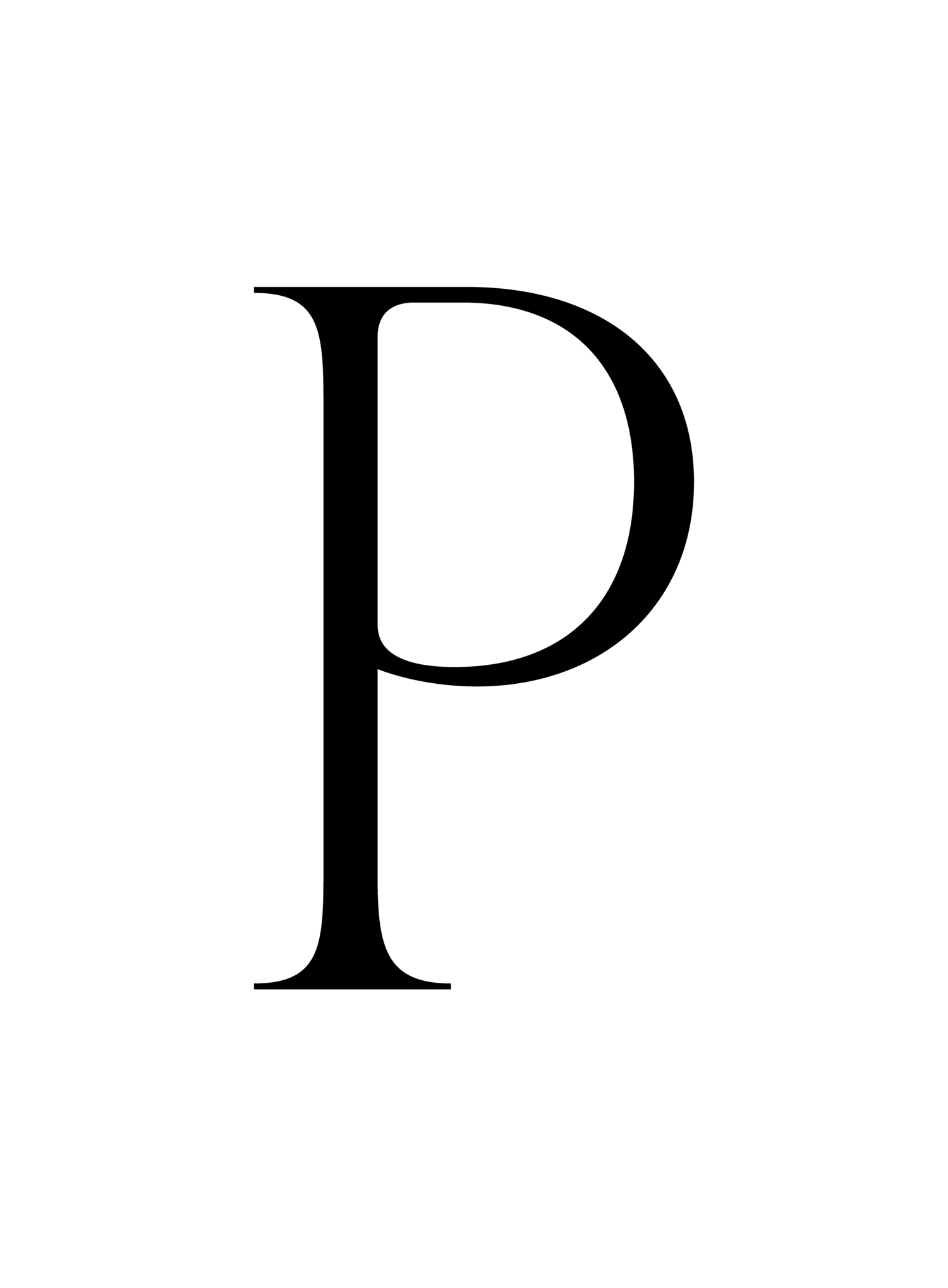What to Look For in a Non-Disclosure Agreement
Non-disclosure agreements (“NDAs”) are important contracts that businesses use to protect their confidential information when sharing it with another party. When both parties are sharing confidential information, a mutual NDA is used.
A mutual NDA outlines the confidential information that will be shared between both parties, the limited purpose for which the information will be used and the terms and conditions under which the information will be shared.
Below, we’ll look at 7 key issues that you should look out for when reviewing a mutual NDA. By understanding these issues, you can make more informed decisions and protect your business’s confidential information effectively.
7 Key issues to look for when reviewing a mutual non-disclosure agreement
1. Definition of Confidential Information: A mutual non-disclosure agreement should clearly define what constitutes confidential information to prevent any confusion. This provision is important because it purports to identify the kind of information that is protected by the agreement. Be mindful & look out for vague or overly broad definitions of confidential information, as this can lead to uncertainty and disputes between both parties in a non-disclosure agreement.
2. Exclusions to the Confidentiality Obligation: The agreement should also specify any exclusions to the confidentiality obligation, such as:
· Information that is already known to the receiving party
· Information that is already publicly available
· Information that is independently developed by the receiving party, or
· Information that the receiving party is legally compelled to disclose.
Exclusions are important because they clarify what information is not subject to the confidentiality obligation and can help avoid disputes over what information can and cannot be shared with a third party. You should look out for any provisions that exclude too much information from the confidentiality obligation.
3. Scope of Permitted Disclosure: The non-disclosure agreement should specify the permissible use and disclosure of confidential information to avoid any unauthorized use and disclosure. This provision is important because it ensures that confidential information is only used for the limited purpose specifically identified by the parties and by the specifically authorized people. You should look out for any provisions that allow for unrestricted disclosure, as this can jeopardize the confidentiality of the information.
4. Term and Termination Provisions: The agreement should state the duration of the confidentiality obligation and under what circumstances the obligation can be terminated. This provision is important because it sets the length of time that the confidential information must be kept confidential and ensures that the obligation to keep the information confidential ends when it is no longer needed.
One thing to note is that trade secrets are typically protected indefinitely for as long as they remain a trade secret. You should look out for any provisions that allow for indefinite confidentiality obligations or that do not provide clear termination provisions.
5. Consequences of Breach: The agreement should clearly state the consequences of a breach of confidentiality, including any damages or remedies available to the aggrieved party. This provision is important in non-disclosure agreements because it incentivizes the parties to take the confidentiality obligation seriously and provides a remedy if the obligation is breached. You should look out for any provisions that limit the remedies available to the aggrieved party or that do not adequately address the potential damages that may result from a breach.
6. No Warranty: The agreement should specify that the confidential information is provided “as-is,” with no warranties, express or implied, as to its accuracy, completeness, or suitability for any particular purpose. This provision is important because it limits the liability of the disclosing party for any issues that may arise from the use of confidential information. However, it should be noted that including a no warranty provision in a mutual non-disclosure agreement should be used with caution, as you are also the receiving party, bound by the same provision and cannot fault the disclosing party if an issue arises from your use of the disclosing party’s confidential information.
7. Return or Destruction of Materials: The agreement should specify the procedures for returning or destroying any materials containing confidential information at the conclusion of the agreement. This provision is important because it ensures that confidential information is properly safeguarded and disposed of when it is no longer needed. You should look out for any provisions that do not provide clear instructions for returning or destroying confidential information.
A carefully drafted mutual non-disclosure agreement can ensure that your business’s confidential information are well protected while also ensuring that you are not subject to unreasonable terms of an NDA with those you work with.
If your company needs help drafting or reviewing non-disclosure agreements or mutual non-disclosure agreements, contact Parsus Law today.
Legal Disclaimer: The information in this article is provided for general informational and educational purposes only. It is not intended to be legal advice and does not create an attorney-client relationship.
